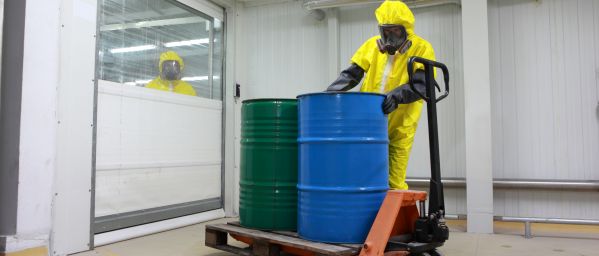By Kristine Catimbang, OSHAcademy Training Coordinator
Coronaviruses are a large family of viruses that cause respiratory illnesses. This family of viruses range from the common cold to more serious conditions, such as Severe Acute Respiratory Syndrome (SARS). A novel coronavirus is a new strain that has not been previously identified in humans. The novel coronavirus, COVID-19, was first reported in Wuhan, China in December 2019 (WHO, 2020a). Thousands of COVID-19 cases have been reported in China and a number of cases have been reported in other countries around the world.
Global efforts are currently focused on containing the spread of the virus and minimizing the impact of the virus (CDC, 2020). There is still a lot that is unknown about the COVID-19 strain. Both the World Health Organization and the United States have declared public health emergencies due to the spread of the virus and have offered to help China in investigating and containing the outbreak. It will take some time and more research to learn about COVID-19 which means it will take a while for a vaccine to be developed.
Persons with COVID-19 infection, flu, or a cold typically develop similar respiratory symptoms. Since the three illnesses are very similar, the only way to confirm if an individual has COVID-19 is to get a laboratory test done. In healthy people, COVID-19 can cause very mild symptoms, but it can lead to more severe infections if left untreated. The elderly and those with pre-existing medical conditions are more vulnerable to becoming severely ill with the virus. In rare cases, COVID-19 can be fatal. If you have a fever, cough, and difficulty breathing it is important to seek medical attention early to reduce the risk of developing a more severe infection. Seeking medical attention early is also important because doing so will help efforts in reducing the spread of the virus within a community.
Basic Protective Measures Against COVID-19 (WHO, 2020b):
- Wash your hands frequently (at least 20 seconds with soap and water).
- Practice respiratory hygiene (cover sneezes and coughs with elbow, not hands).
- Maintain social distancing (stand at least 1 meter from a person who may be infected).
- Avoid touching eyes, nose, and mouth.
- Individuals with fever, cough, and difficulty breathing should seek medical attention.
- Follow advice provided by healthcare providers.
References
Centers for Disease Control and Prevention (CDC). (23 February 2020). Coronavirus Disease 2019 (COVID-19) Situation Summary. Retrieved from https://www.cdc.gov/coronavirus/2019-ncov/summary.html
World Health Organization (WHO). (2020a). Coronavirus. Retrieved from https://www.who.int/health-topics/coronavirus
World Health Organization (WHO). (2020b). Coronavirus disease (COVID-19) advice for the public. Retrieved from https://www.who.int/emergencies/diseases/novel-coronavirus-2019/advice-for-public










